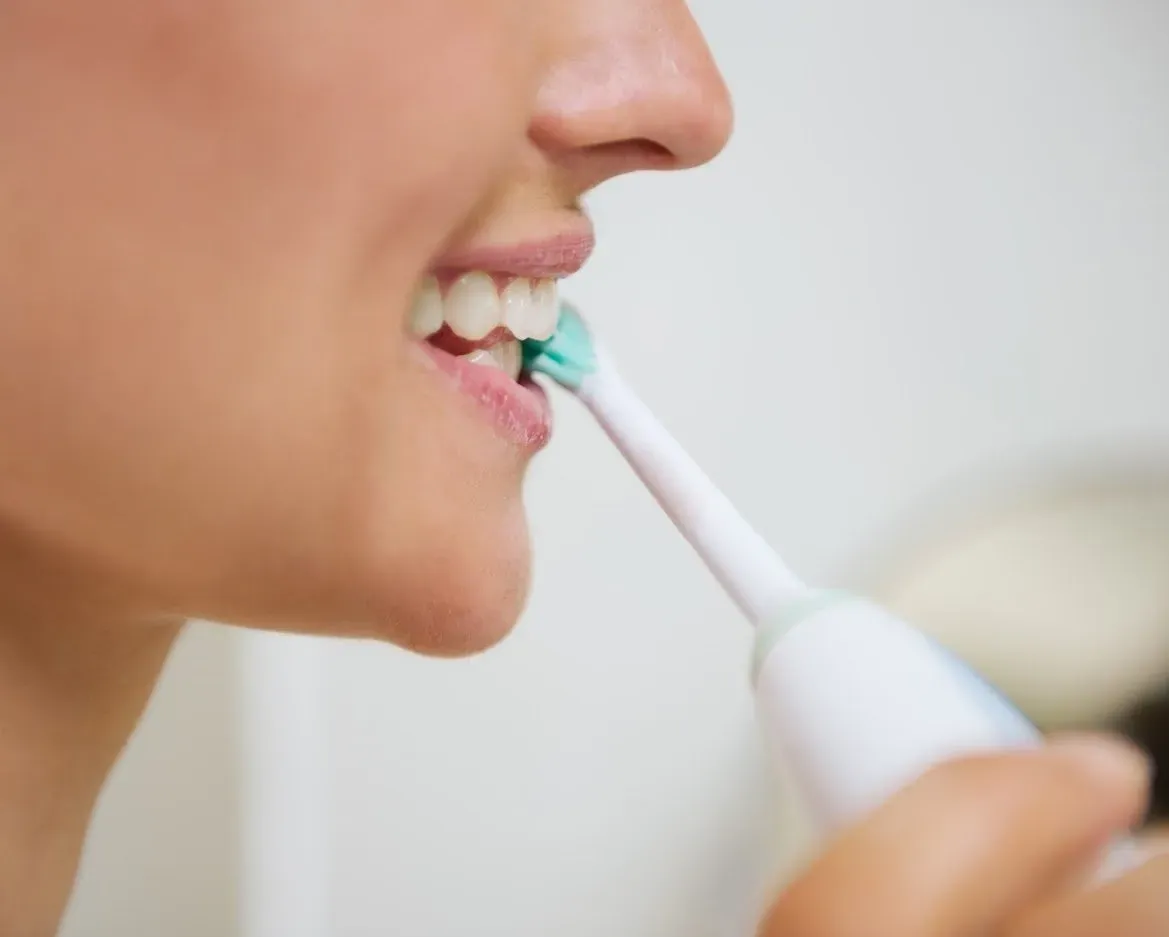How to Replace a Row of Teeth With Dental Implants

Living with an entire row of missing teeth is a challenge to say the least. Your smile suffers, and eating becomes a painful and uncomfortable chore. Fortunately, dental implants can offer you a functional and aesthetic solution to this issue.
And you don't need to replace every missing tooth with a dental implant. With the inclusion of a dental bridge, you can replace 10 to 14 teeth with as few as four dental implants. You and your dentist can achieve this in several steps.The body content of your post goes here. To edit this text, click on it and delete this default text and start typing your own or paste your own from a different source.
Check for bone density
Before you can consider placing dental implants, it's important to first check that your jawbone is both wide and deep enough to support dental implants. When you lose a tooth, the bone that once supported that tooth's root resorbs. Your body then uses the building blocks of that bone, such as calcium, elsewhere in the body.
Bone resorption can occur in just a few months following tooth loss. It then gradually worsens. To check if you have enough remaining bone, your dentist will first X-ray your jawbone. If you have enough bone to support dental implants, then you can proceed to the next phase. However, you may need one or more bone grafts if you have insufficient bone to support dental implants.
Place bone grafts
If your X-ray shows that you don't have enough bone in areas of your jawbone, then your dentist must first place a bone graft in these locations. If your missing teeth are in your upper jaw then you might need a sinus lift. This is because a thin layer of bone separates the sinus cavity from the upper jawbone. As a result, a dental implant could penetrate this cavity if too much bone has resorbed.
When you have lost too much bone in an area of your lower jaw, you'll need a block-bone graft. This type of graft bolsters and strengthens the bone ridge, providing sufficient room for a dental implant.
Unfortunately, both of these procedures increase your overall treatment time. Your dentist usually won't be able to place the implants until the bone grafts have healed. Healing could take several months.
Place dental implants
If you have sufficient bone or your bone grafts have already healed, your dentist will then place your dental implants. Dental implants come in three main pieces: a titanium screw, a titanium post with an abutment, and a porcelain crown.
First, your dentist places the titanium screws into your jawbone. You then need to wait for your jawbone to heal and integrate with those screws. And because the titanium screws stimulate bone cell growth, once healed, the screws will be secure in your jawbone. This entire process takes four to six months, depending on your health, healing ability, and oral habits.
Once healing is complete, your dentist can then add the abutments and crowns to the screws. The abutments serve as anchors to keep the dental crowns attached to the titanium posts.
Attach the dental bridge to the implants
By the time your implants have healed, your dentist will have already created your porcelain crowns and their accompanying bridge. Before the process began, you will have chosen how many teeth to replace with the bridge. For instance, if most of a row of teeth is missing, not the entire row, then you might choose two dental implants to support four bridge teeth for a total of six teeth.
At this point, you are ready to use your new teeth right away. You might need a couple of weeks to adjust to the feel of the bridge and the crowns, but you'll be glad to have the ability to chew and smile again.
Dental implants have a high success rate, as high as 97 percent when done well. Is a missing row of teeth making it difficult for you to smile and eat? Get in touch with Runcorn Dental today. With 25 years of experience treating dental patients, you can trust us to create a dental implant-supported bridge that looks and feels great.










